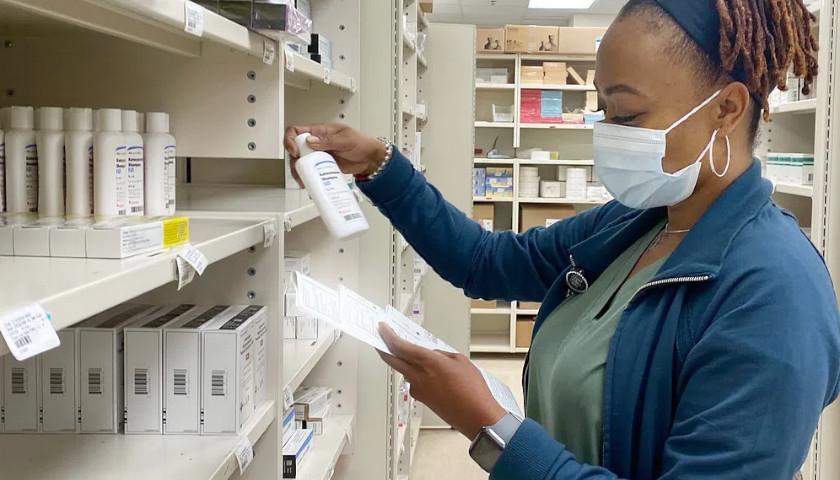by Benjamin Zeisloft
Amid the coronavirus pandemic, about 20 percent of Harvard and Yale University students will not re-enroll at the Ivy League schools this fall.
An email sent to Harvard students from Dean of the Faculty of Arts and Sciences Claudine Gay iterated the same fate for Harvard, the Harvard Crimson reported. A similar, if not identical announcement, was posted on Harvard’s website, confirming that 5,231 students intend to enroll for the fall semester. As the Harvard Crimson noted, data from the previous year show that 6,755 enrolled at Harvard in 2019.
The difference in enrollment at Harvard from 2019-2020 is about a 22 percent drop. This news comes one month after Harvard announced that fall classes will be offered online only and that only 40 percent of students, including all first-year students, would be allowed to return to campus.
An email sent by Yale College Dean Marvin Chun reportedly stated that more than half of Yale students will live on or near campus while about 25 percent percent of students will enroll remotely. However, fall enrollment is low among some student populations; for example, only 70 percent of sophomores, who are barred from campus, will be taking online classes this fall.
In July, Yale announced that “Undergraduate seniors and juniors may be on campus for the full year. First-year students may study on campus during the fall 2020 semester only, and sophomores during the spring semester of 2021 only.”
Chun told the Yale Daily News that “enrollments will be larger when students on leave return to campus, and meeting the needs of the larger student body will require creative solutions.”
Yale will implement a new pre-registration period this fall, which will “make much more efficient use of students’ schedules, classroom spaces, and allocation of teaching fellows.”Chun also said that students can change their plans even after classes begin: “Students who have opted to enroll in residence can change their minds and enroll remotely at any point in the term, without incurring the usual fee for relinquishing housing.”
Harvard and Yale are not the only institutions facing drops in enrollment.
Universities across the country are reporting signs that their students will choose to delay enrollment or take gap years.
The Massachusetts state college system estimates a 40 percent dip in enrollment across its nine campuses this fall — from 40,000 total students to 25,000. The University of Montana, similarly, saw a 17 percent drop in new freshmen registration.
Also in Massachusetts, at Williams College, a private, liberal arts, school, just 71 percent of students indicated plans to return to campus in the fall, something the dean called “a noticeable difference for all of us.”
Louisiana Delta Community College recently reported an 11 percent drop in enrollment at the state’s two-year schools.
In July, the University of Akron in Ohio announced plans to lay off 97 full-time professors — representing 17 percent of its total — over budgetary concerns driven by lower enrollment. Department chairs and deans were asked to trim their budgets by 25 percent.
Iowa’s public schools — including Iowa State University and the University of Iowa — saw 2,000 fewer students enrolled in summer classes, which could be an indication of low enrollment in the fall.
Some schools are seeking to retain students by any means possible.
California State University campuses are sending students free merchandise in the hopes of boosting enrollment rates.
Others, like Georgetown University, have reduced tuition costs by up to 10 percent in the hopes of making just one more year all the more appealing to debt-laden students.
– – –
Benjamin Zeisloft is a Pennsylvania Senior Campus Correspondent, reporting on liberal bias and abuse for Campus Reform. He is studying Finance and Marketing at the Wharton School of the University of Pennsylvania. Benjamin also writes for The UPenn Statesman and the Wharton International Business Review.




